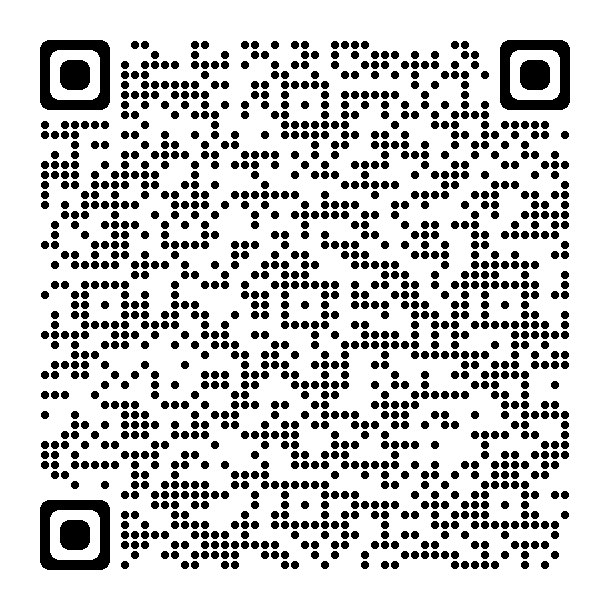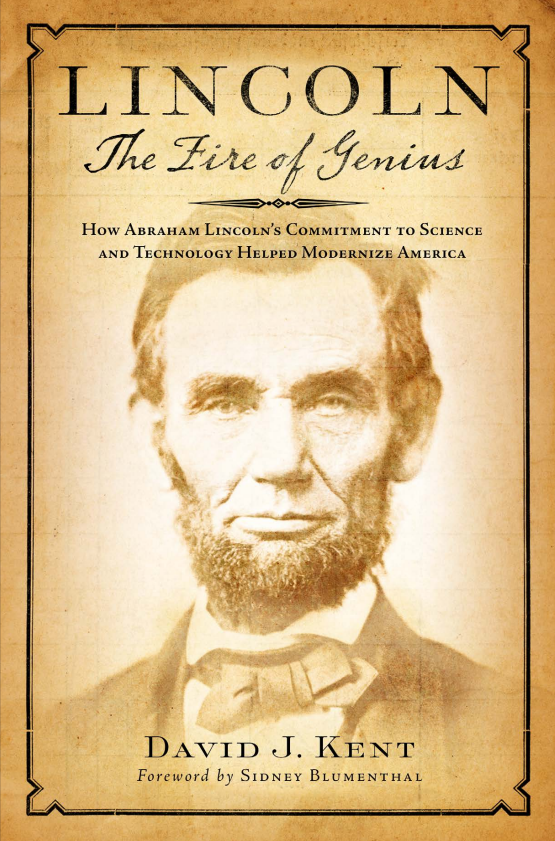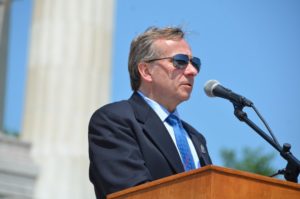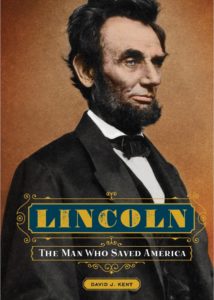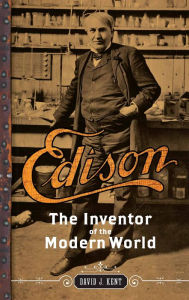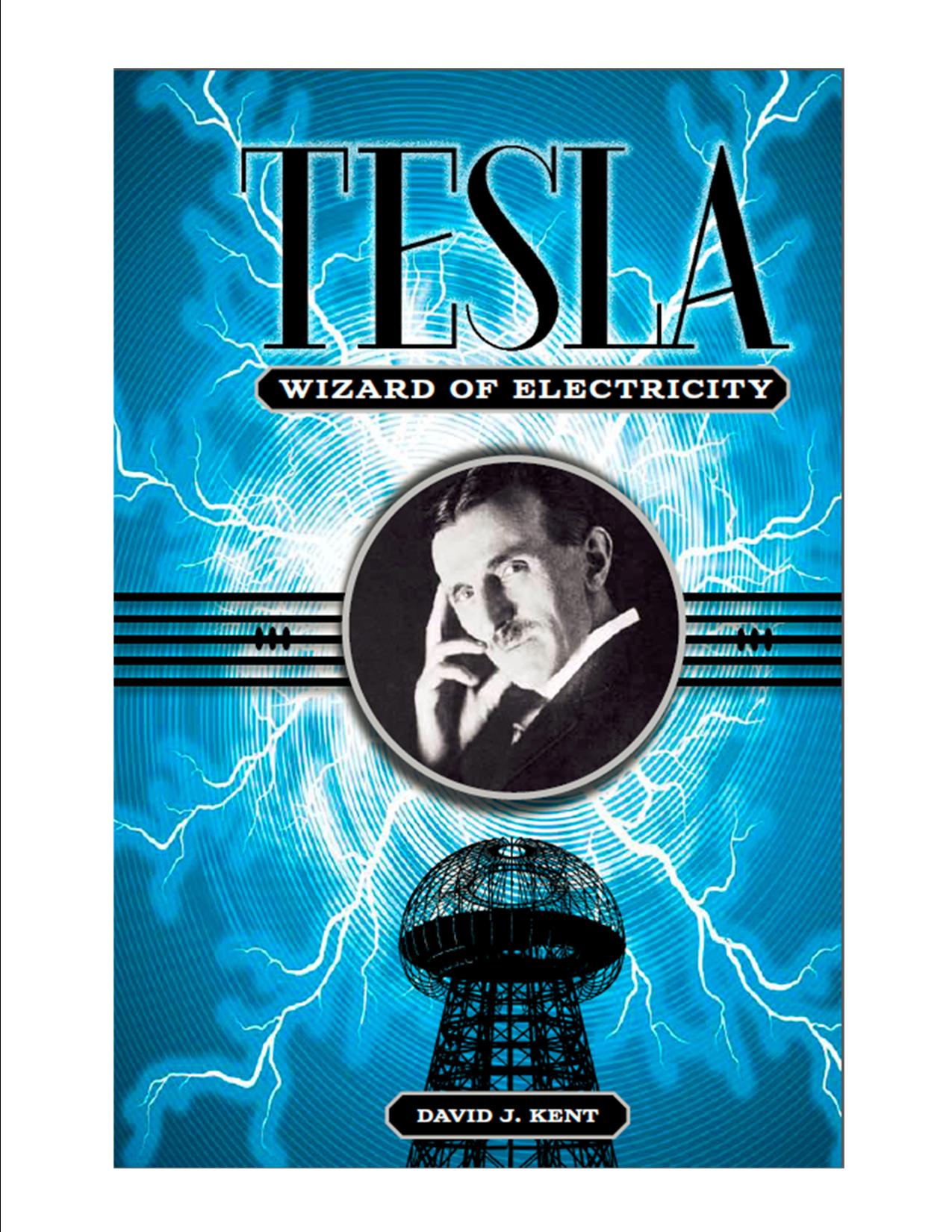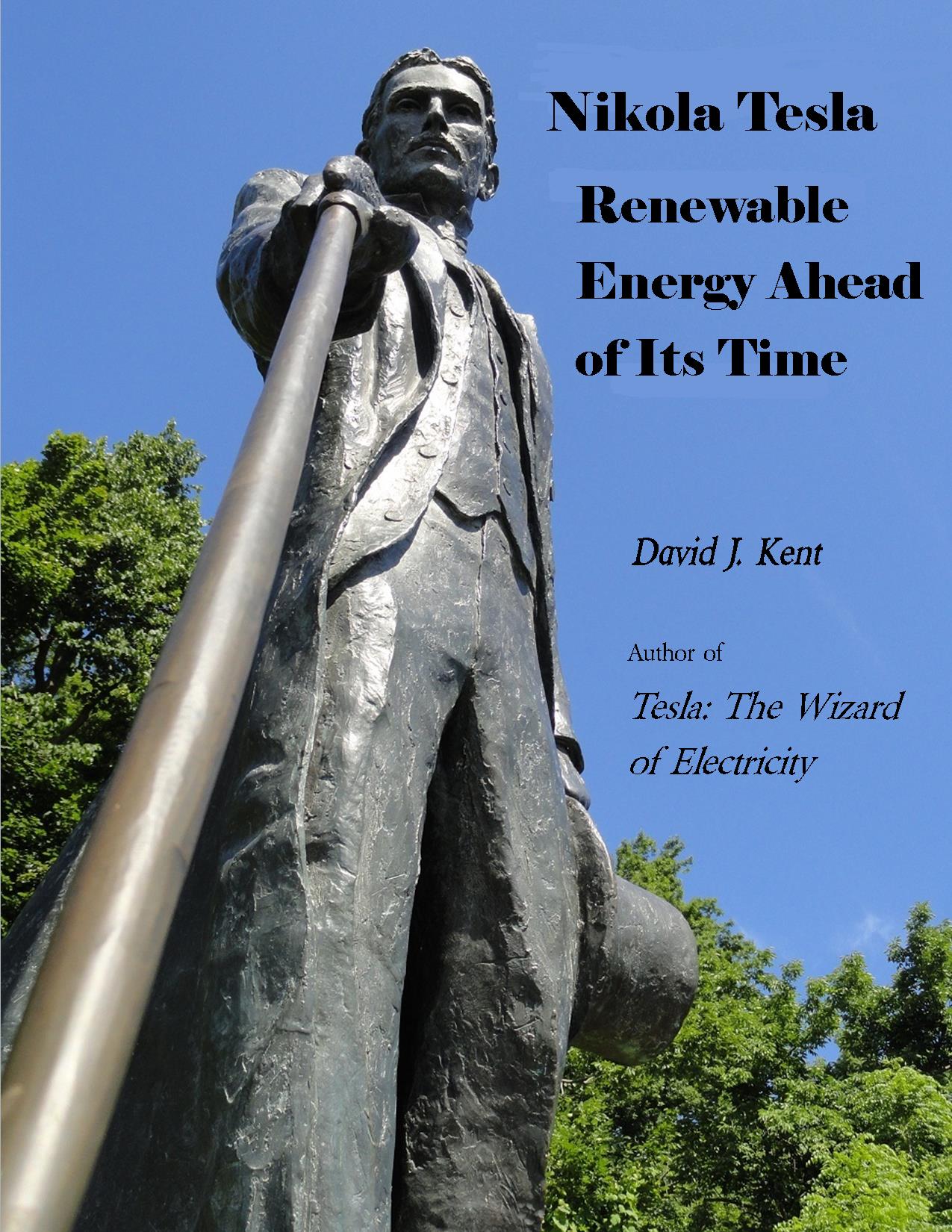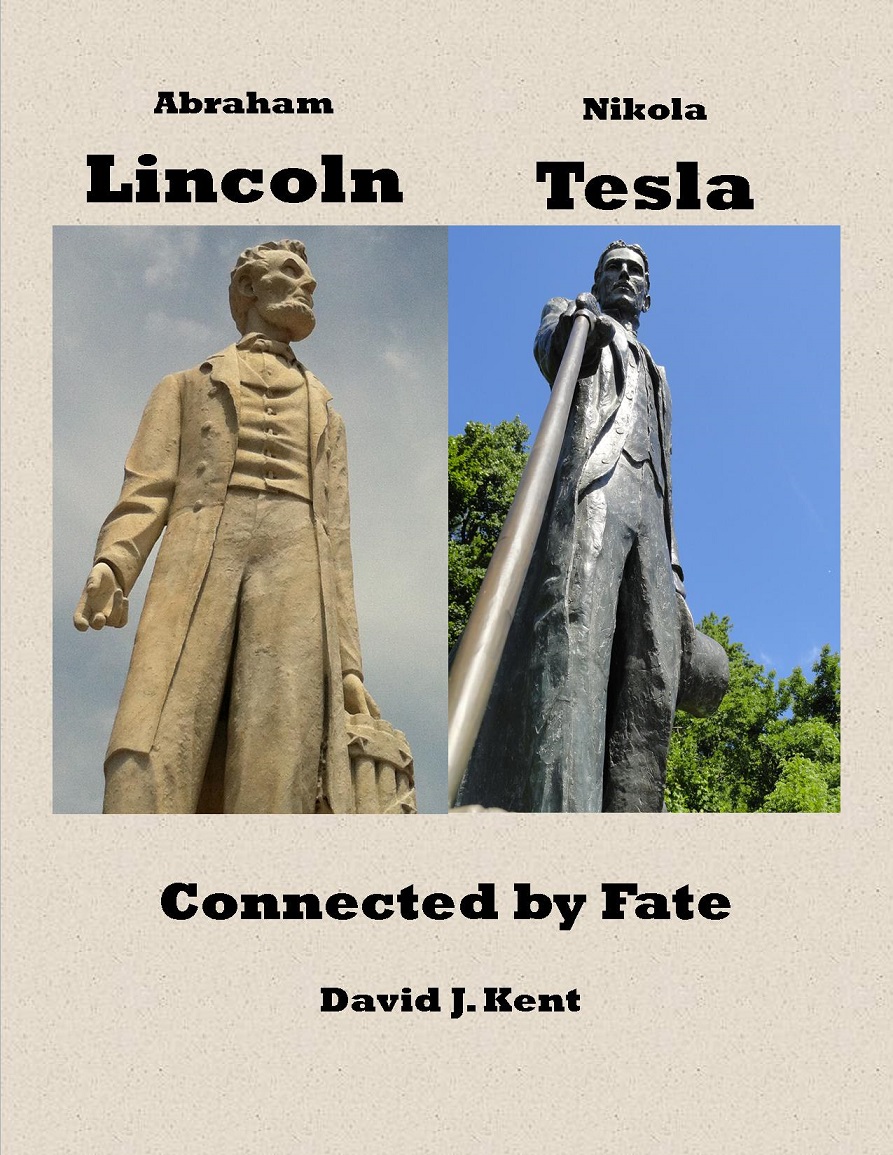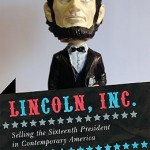 This book is much more substantive than the colorful cover featuring a Lincoln bobblehead doll might suggest. It starts out light enough, with chapters cataloging various ways Abraham Lincoln is “sold” to the modern public. These include how Lincoln has been adopted by both current political parties, does brisk sales in memorabilia and museum visits (even if much on display is reproduction), and gets featured in a variety of sales pitches. But the book also delves into more scholarly questions such as how Lincoln is presented to the public. Hogan suggests this is mostly as a positive “boy scout” model who rose from meager beginnings to epitomize the American dream while his more negative attributes are ignored.
This book is much more substantive than the colorful cover featuring a Lincoln bobblehead doll might suggest. It starts out light enough, with chapters cataloging various ways Abraham Lincoln is “sold” to the modern public. These include how Lincoln has been adopted by both current political parties, does brisk sales in memorabilia and museum visits (even if much on display is reproduction), and gets featured in a variety of sales pitches. But the book also delves into more scholarly questions such as how Lincoln is presented to the public. Hogan suggests this is mostly as a positive “boy scout” model who rose from meager beginnings to epitomize the American dream while his more negative attributes are ignored.
And she does seem to have some negative opinions. Perhaps because of her background in gender and race studies (she is a sociologist, not a Lincoln scholar), she at times appears to give undue weight to fringe opinions. For example, she laments that opinions on Lincoln’s “racial bigotry” and “suggestions of homosexuality” are largely ignored in biographies and museum displays. While she acknowledges that most public facilities have competing pressures for what they display, she disregards the main reason they are not highlighted; because scholarship tells us they are not supported by the facts.
This particular bias and some other more superficial understanding of Lincoln scholarship, however, should not dissuade people from reading the book. Each chapter ends with a section headed “An Outsider’s Perspective.” It is in these sections that Hogan most adeptly employs her sociologist perspective. Many of her insights, which Lincoln scholars may or may not always agree with, offer up substantive topics for debate that are highly worthwhile.
The book gives us a closer look not only at how we view Lincoln but in how those views reflect our desire to elevate him as an icon of the American Dream. He started low and ended high, as we all would like to believe can be achieved through hard work. This view can be inspiring, but as Hogan notes, can also set unreasonable standards not reflected by modern reality.
A short book (157 pages of text), it nonetheless has extensive endnotes (though most are to published biographies rather than primary literature). An interesting read.
David J. Kent has been a scientist for thirty-five years, is an avid science traveler, and an independent Abraham Lincoln historian. He is the author of Tesla: The Wizard of Electricity (now in its 5th printing) and two e-books: Nikola Tesla: Renewable Energy Ahead of Its Time and Abraham Lincoln and Nikola Tesla: Connected by Fate. His book on Thomas Edison is due in Barnes and Noble stores in spring 2016.
Follow me by subscribing by email on the home page. And feel free to “Like” my Facebook author’s page and connect on LinkedIn. Share with your friends using the buttons below.



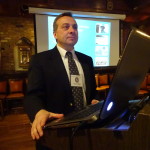

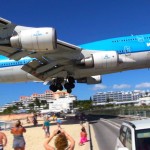
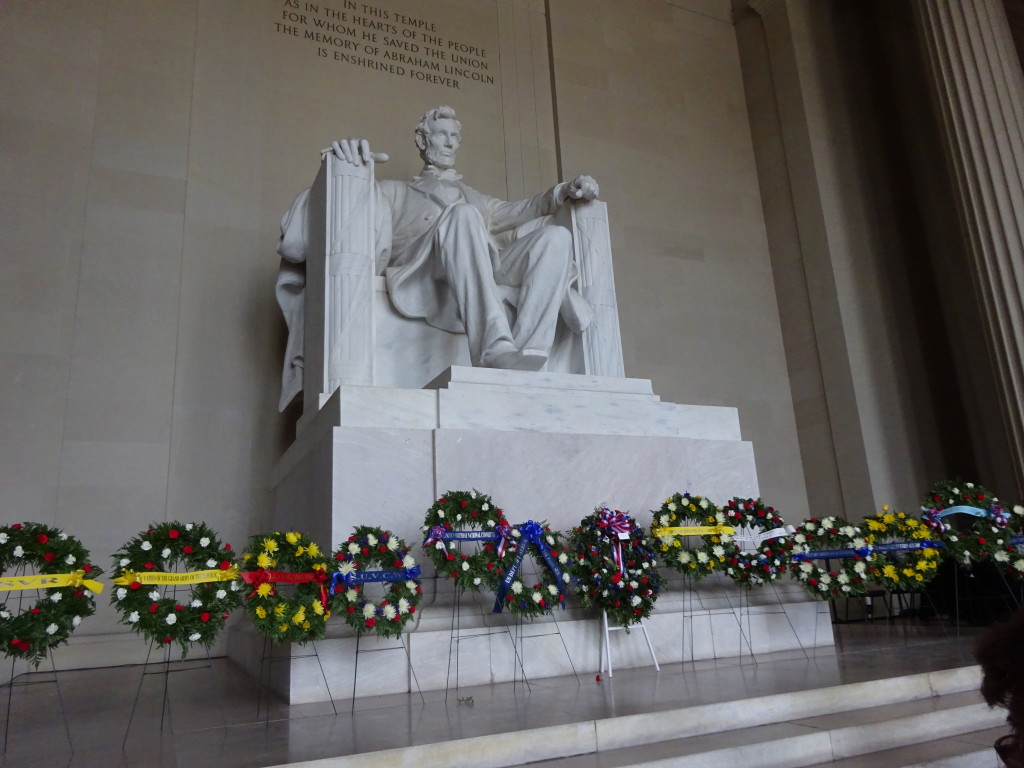
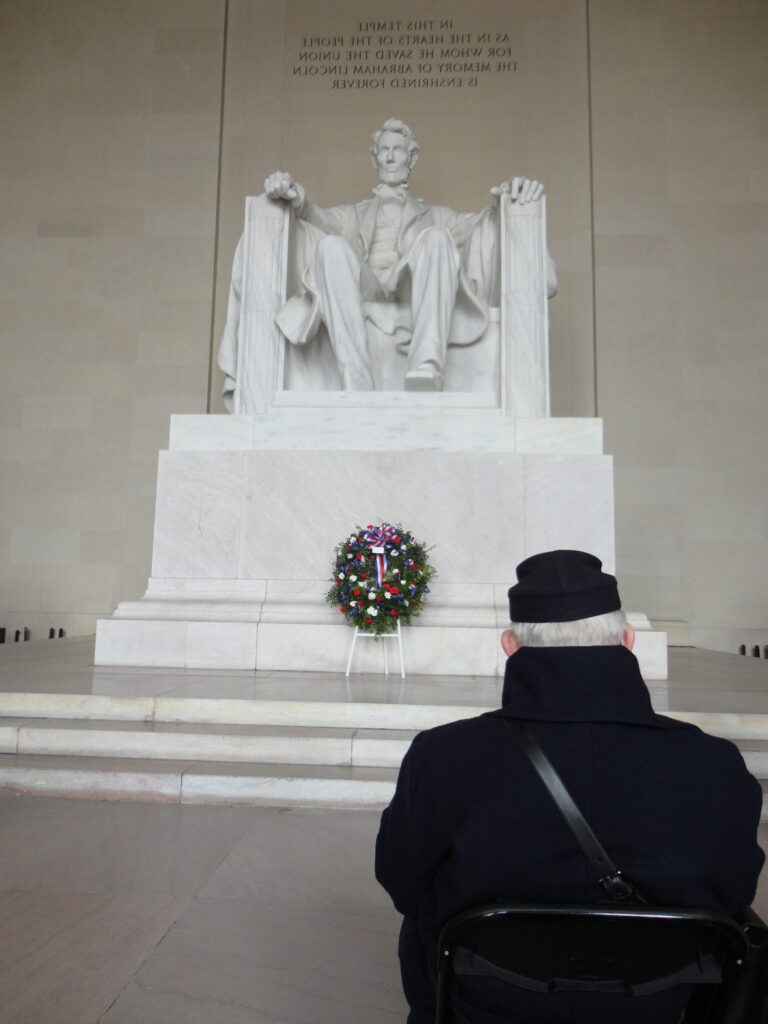
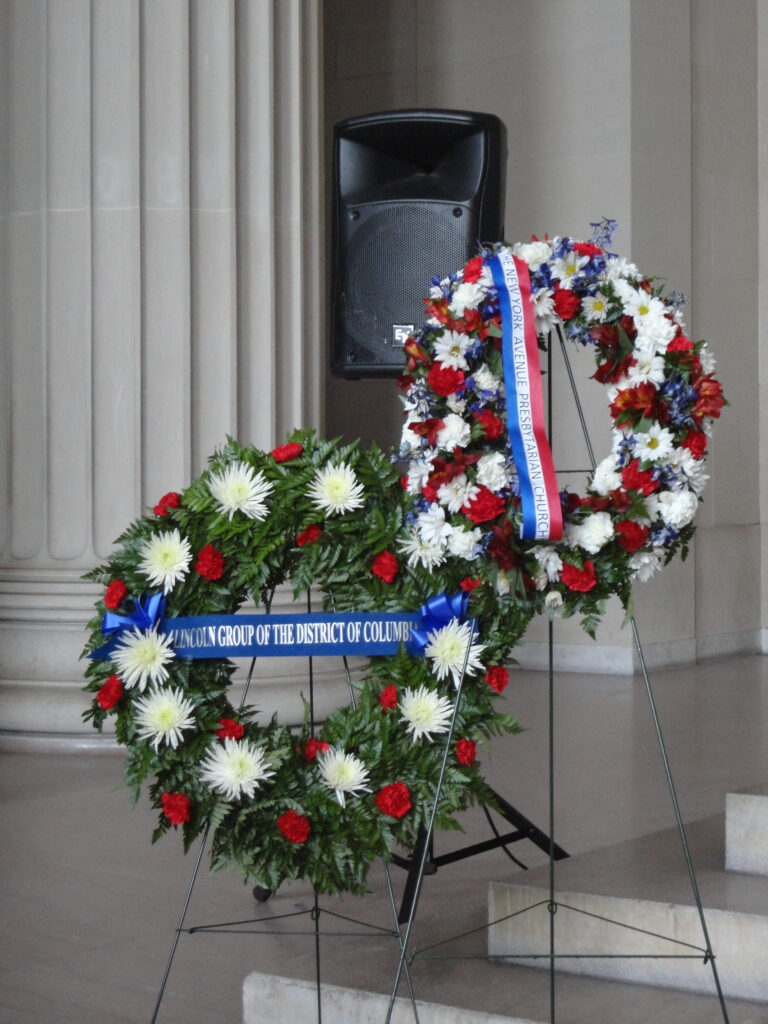
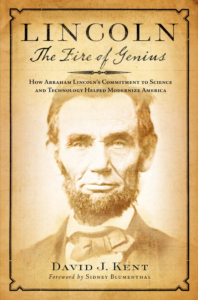
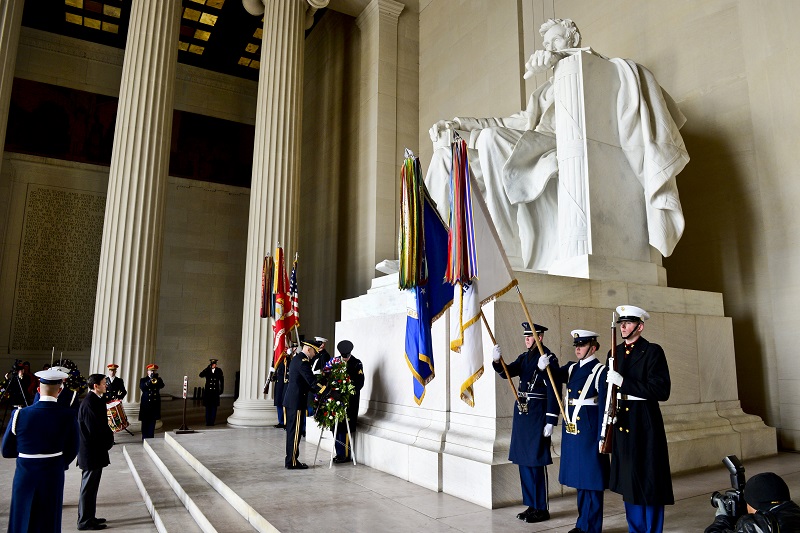
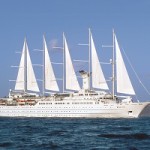 The only trip actually booked so far is a sailing cruise of the Caribbean in late January/early February. We’ll meet four Saints (Maarten, Kitts, Barthelemy, and Lucia), plus Barbuda, Guadaloupe, and Dominica. All while sailing point to point on a 535-foot sailboat.
The only trip actually booked so far is a sailing cruise of the Caribbean in late January/early February. We’ll meet four Saints (Maarten, Kitts, Barthelemy, and Lucia), plus Barbuda, Guadaloupe, and Dominica. All while sailing point to point on a 535-foot sailboat.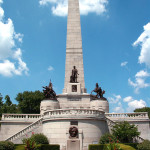 Springfield, Illinois may see me twice this year. I have a scheduled trip there in September with the
Springfield, Illinois may see me twice this year. I have a scheduled trip there in September with the 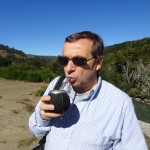 Here on
Here on 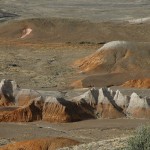 On
On 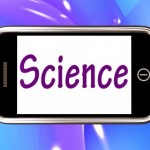 There was a lot more, so click on the blog names above and scroll down to see other articles of interest.
There was a lot more, so click on the blog names above and scroll down to see other articles of interest.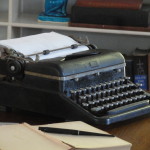 The last few days of 2015 are bringing me somewhat of a breather from science traveling and writing and reading. It’s been a busy year in all respects. The writing scene has been especially productive.
The last few days of 2015 are bringing me somewhat of a breather from science traveling and writing and reading. It’s been a busy year in all respects. The writing scene has been especially productive.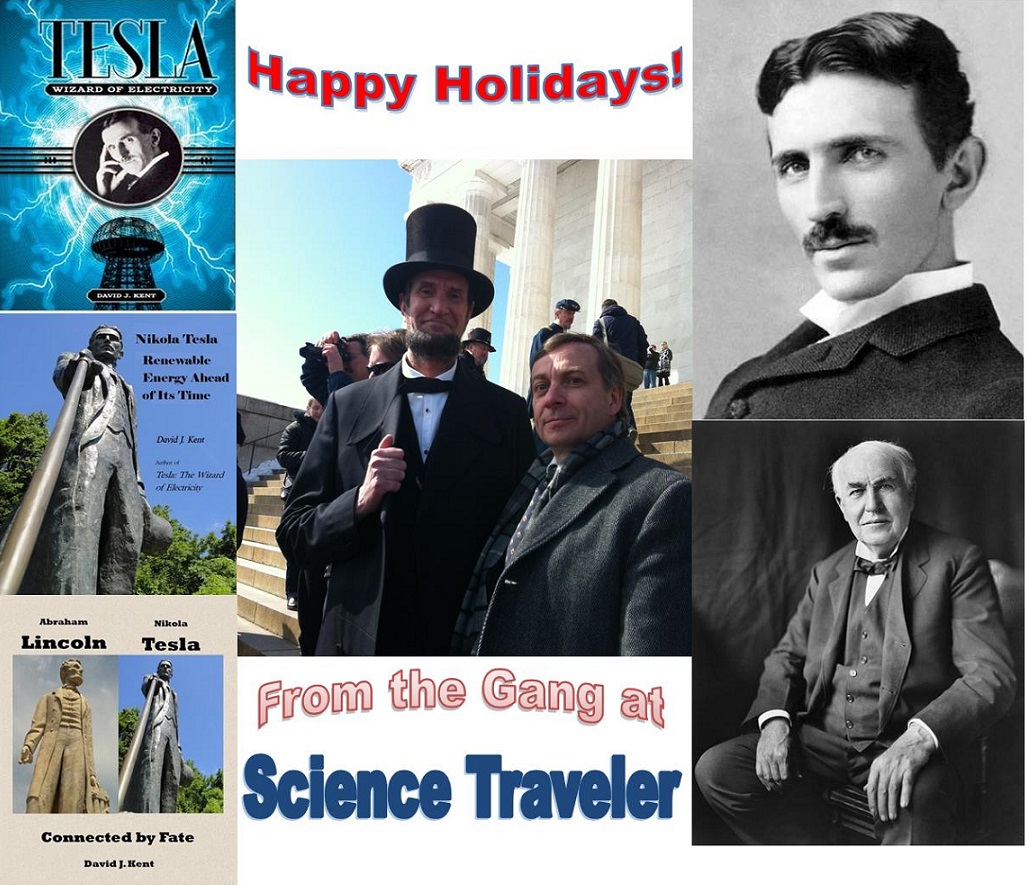
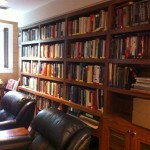 I’m still far short of the 15,000+ books published about Abraham Lincoln, but did make several great acquisitions for my collection in 2015. The following list shows 59 new additions, almost exactly the number
I’m still far short of the 15,000+ books published about Abraham Lincoln, but did make several great acquisitions for my collection in 2015. The following list shows 59 new additions, almost exactly the number 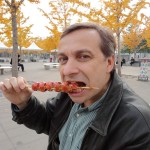 Somehow I managed not to travel anywhere in February, June, and August. But for the other nine months I had at least one out-of-town trip. It was a very good year in Science Traveling. I’ve finished traveling for the year so it’s time for a quick recap.
Somehow I managed not to travel anywhere in February, June, and August. But for the other nine months I had at least one out-of-town trip. It was a very good year in Science Traveling. I’ve finished traveling for the year so it’s time for a quick recap.